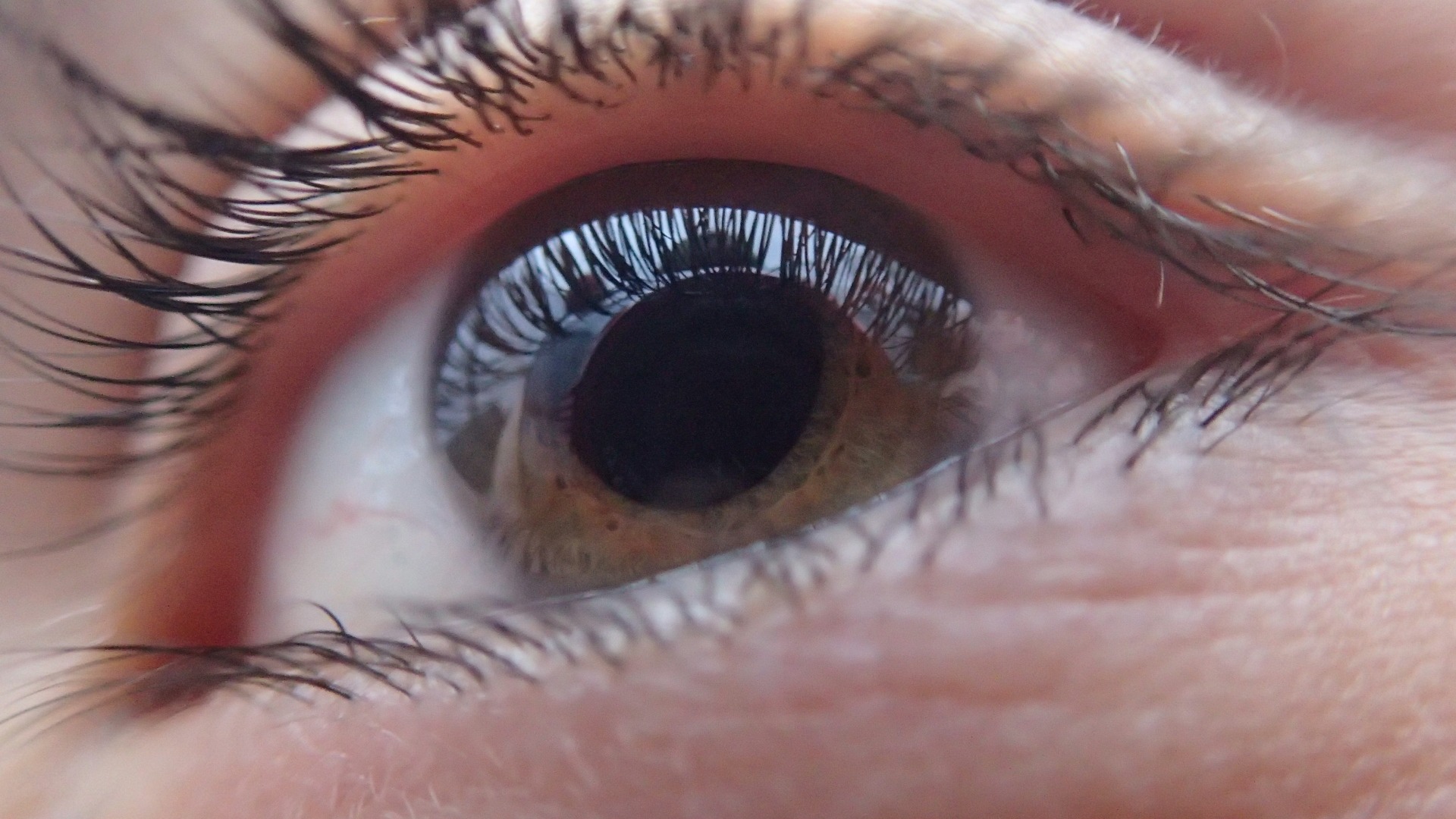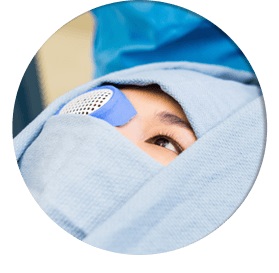Read this before buying those rapid antigen tests

Now it’s 2022, and we’re in the midst of yet another COVID epidemic. However, there is some good news: fast at-home COVID RAT tests have proven an extremely useful tool for identifying and tracking new cases (at least while they are available). The CDC’s most current self-testing recommendations, revised in December, include doing at-home rapid antigen tests prior to indoor meetings with individuals who are not members of your family.
While fast testing was previously few and/or costly, they have become widespread in Omicron — which means you may have some concerns. Which should you purchase? When should you do a test? And just how precise are they? We chatted with Adam J. Ratner, a pediatric infectious-disease expert at NYU Langone, to get answers to these and other issues.
What information should you gather before purchasing an at-home test?
At-home rapid antigen tests, also called antigen tests, are a convenient and quick approach to determine whether you are infectious with COVID-19, since they eliminate the need to visit a rapid antigen tests location or wait overnight for findings. They typically include the use of nose or saliva swabs and provide findings in approximately 15 minutes.
At-home rapid antigen tests are available at pharmacies and online. Ascertain that the test you are purchasing has been authorized by the FDA: Currently, the FDA authorizes just 14 rapid antigen tests, which are all mentioned on the FDA website. Ratner suggests that if you purchase rapid antigen tests online, you double-check that they are permitted (and have not been recalled). learn more about atigen diagnostic test by clicking here
Is the cost of the test covered by my insurance?
The United States has fallen behind other nations in terms of rapid antigen tests. Even today, quick testing may be difficult to get in certain areas and are sometimes prohibitively costly. Rapid antigen tests kits cost between $10 and $15 or more in the United States, much more than in Germany, where they cost $1 each in grocery shops, or the United Kingdom, where the first 14 rapid antigen tests are free.
With the growth of Omicron, the Biden administration announced intentions to expand access to at-home testing, including mandating private insurance to pay eight rapid antigen tests per month for people beginning January 15, but the specifics are rather difficult. Under Biden’s idea, insured Americans would be able to get rapid antigen tests at their health plan’s “preferred” pharmacies without incurring any out-of-pocket fees.
At out-of-network pharmacies, you must pay the full cost and then submit a claim for reimbursement, with your insurance covering just $12 per test. Critics have noted that the proposal does not outline the reimbursement mechanism, leaving leeway for businesses to make it logistically difficult, nor does it provide a timeframe for firms to pay payments.
Additionally, the government committed to making 500 million free rapid antigen tests available for ordering, but it is unclear when that plan would take effect.

How accurate are self-administered rapid antigen tests?
Rapid at-home tests are not as sensitive as PCR rapid antigen tests and so cannot be used in place of them. However, Ratner maintains that they are still effective as a pre-gathering screener since they are adept at detecting individuals who have just enough virus in their upper airways to be infectious. “You could miss someone, but you’re almost certain to capture everyone who is infectious,” Ratner explains. “While this is not a flawless method, it is a sound one.”
When it comes to COVID-19 rapid antigen tests, Ratner notes that PCR rapid antigen tests remain the “gold standard.” They are far more sensitive than antigen tests, and they may detect “minor quantities of RNA” from the virus long before there are sufficient traces for a person to be infectious. While PCR rapid antigen tests are beneficial for detecting individuals who may have been exposed, they may take up to three days to complete, making them ineffective for screening large populations of people fast. (Rapid antigen tests, such as nucleic acid amplification rapid antigen tests, or NAATs, are available, but they are typically more costly and scarce.)
Essentially, when using fast testing, it’s important to bear in mind that a negative result does not always mean you don’t have COVID, since it may be too early for the antigen test to detect it. As a consequence, if you have cause to think you have COVID — such as a known exposure or symptoms – Ratner advocates remaining at home (and maybe quarantining) even if your test results are negative. Additionally, you should schedule a PCR test within the following two days.
However, for those who are unaware of having been exposed, do not exhibit symptoms, and have a low risk of developing COVID, rapid antigen tests are excellent screeners. After all, “if you discover someone who is optimistic,” Ratner argues, “you have maybe prevented a calamity.”
When should at-home testing be used?
The CDC suggests self-testing if you are experiencing symptoms or have been in contact with someone who may have COVID-19. Additionally, it recommends using them before convening inside with others who are not members of your family, particularly if those people are at a greater risk of contracting COVID-19. Ratner also suggests rapid antigen tests before too and after gatherings, travel, and any other time you believe it may be required, such as when visiting areas where unvaccinated persons and children may be present.
Additionally, you may want to test many times. For instance, if you’re organizing a party, Ratner recommends that everyone does an at-home test the morning of and immediately before the event. “If you test positive suddenly, you should return home,” Ratner advises. Which is clearly not enjoyable, “but it is the only way we can keep people safe.” Ratner also advocates rapid antigen tests before vacation, “with the intention of delaying travel if the test is positive,” and upon return, prior to returning to work.
What other information should we have about them?
While rapid antigen tests are one precaution we should take to ensure our safety, Ratner notes that it should not be used in place of other protections, like immunizations. “Everyone who is vaccine-eligible should be inoculated,” he advises. Ratner also recommends booster injections, if possible: The Centers for Disease Control and Prevention now advises that everyone above the age of 12 obtain a booster. As cases grow and Omicron spreads throughout the United States, Ratner proposes that people consider having fewer people at gatherings, engaging in outdoor activities, and congregating in less crowded, well-ventilated areas. The fewer unvaccinated attendees at your events, the safer they will be, Ratner explains.









